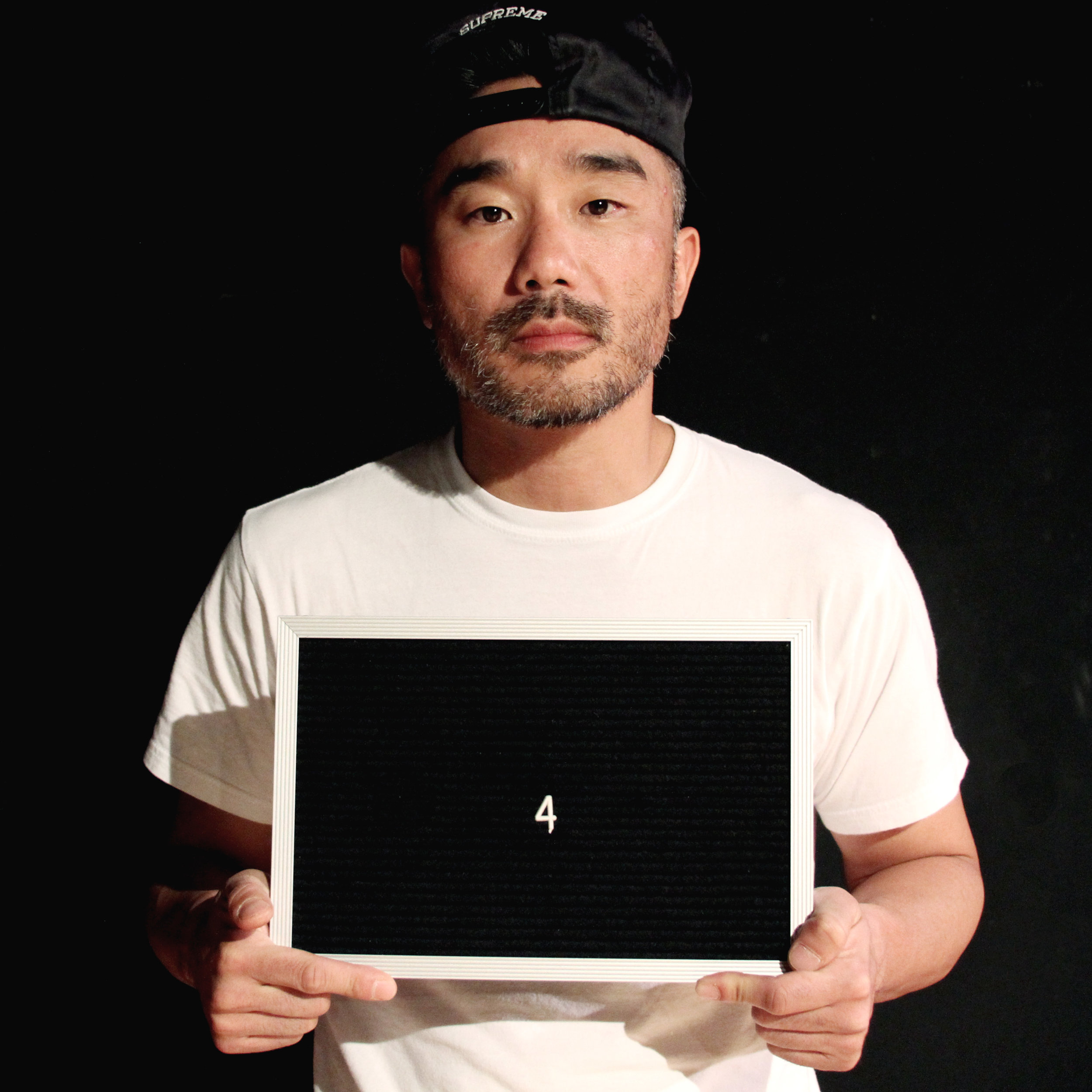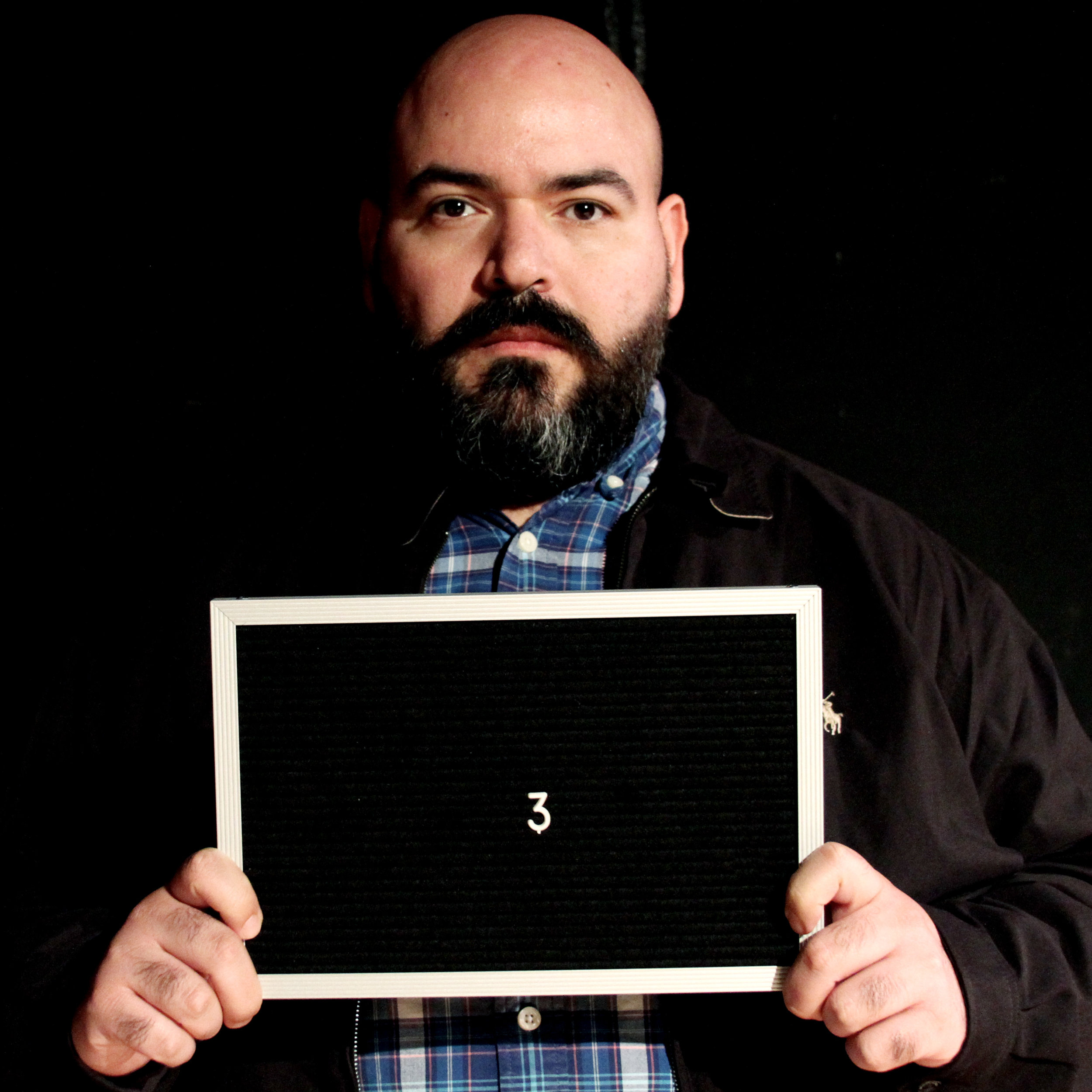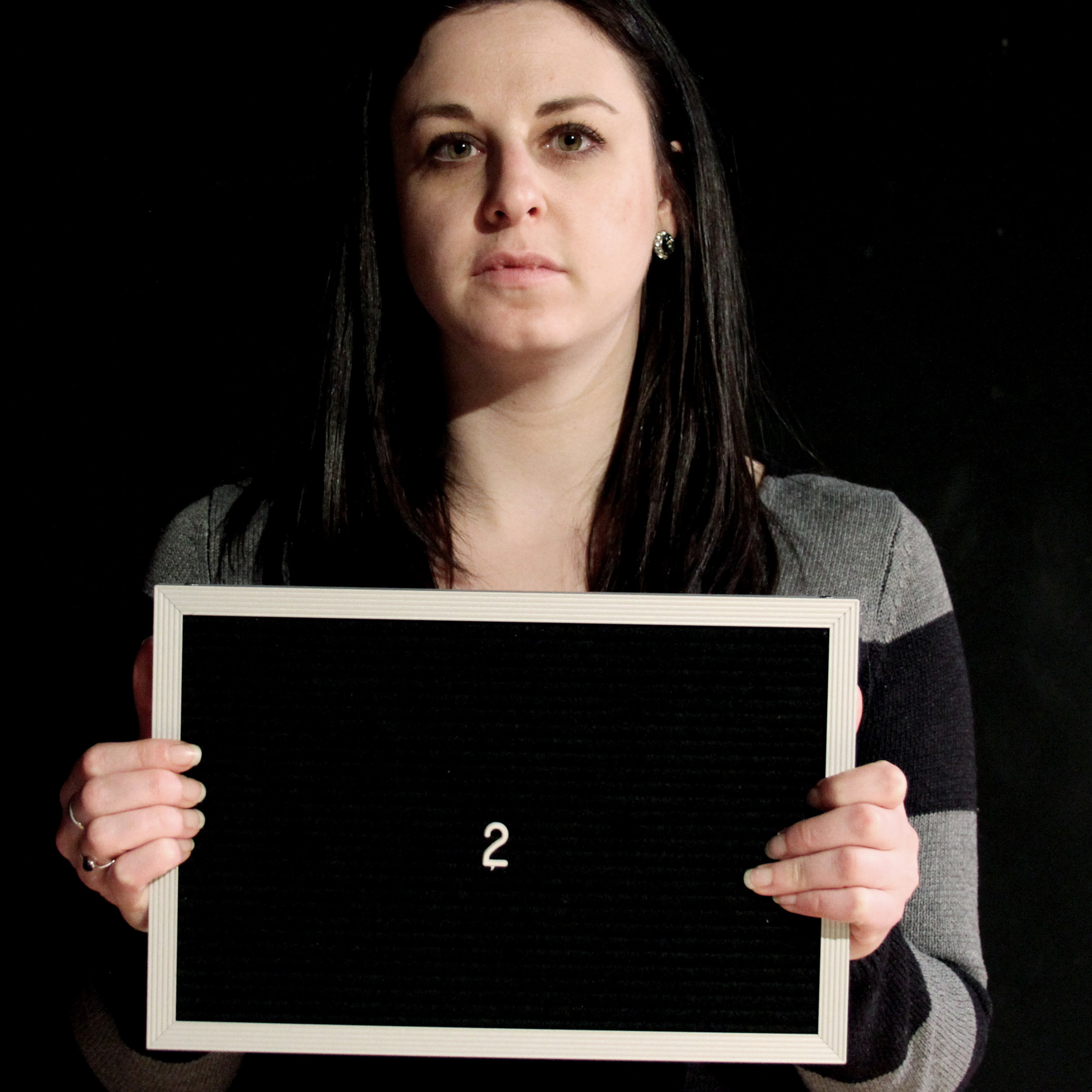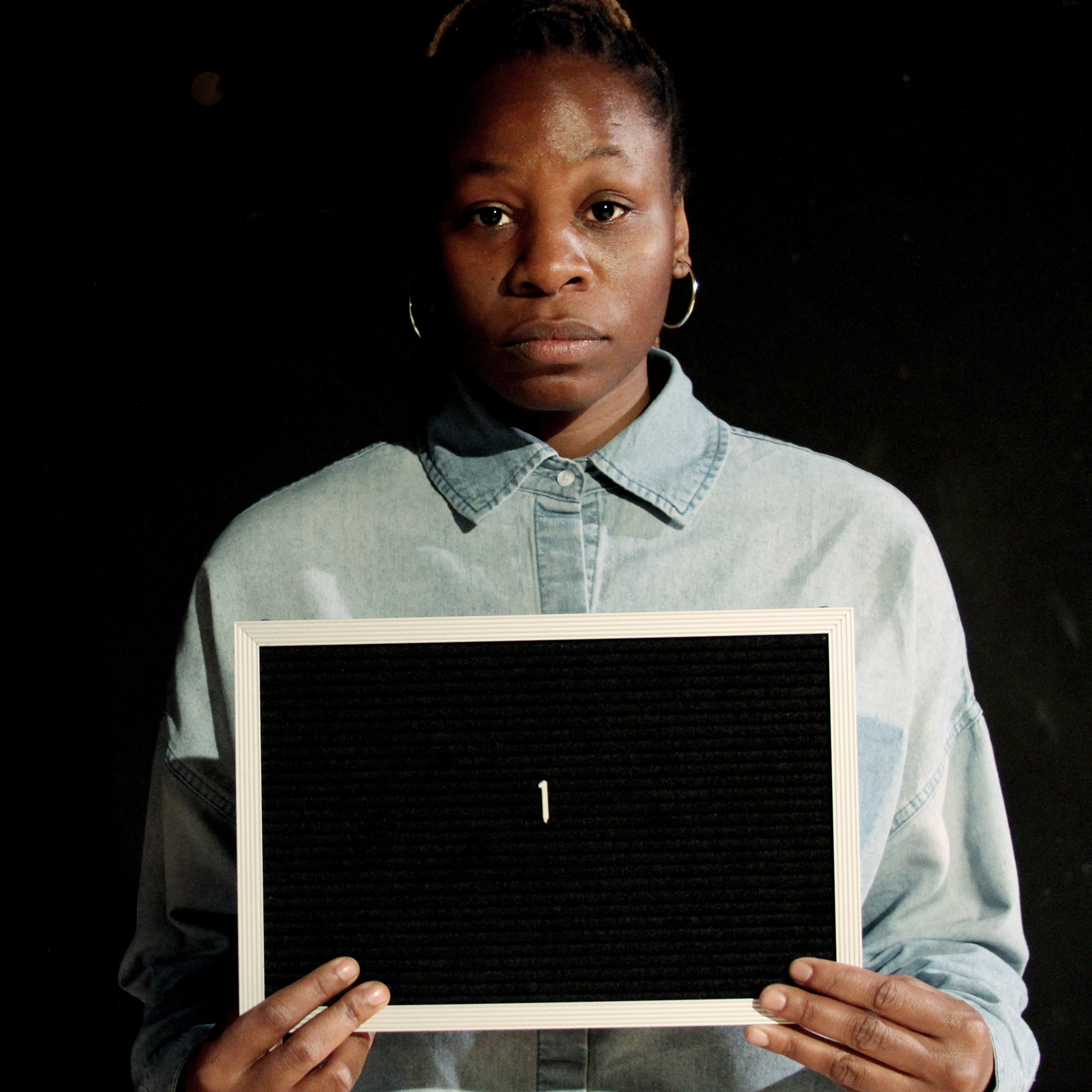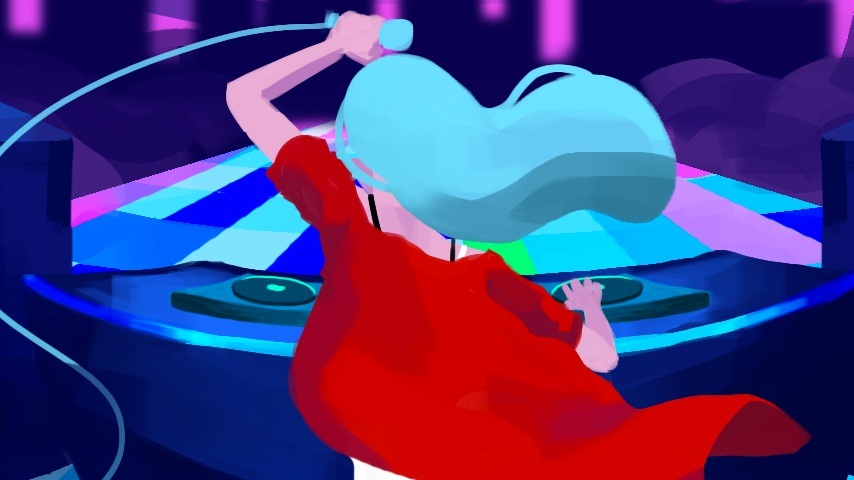Trigger Warning: Behind The Scenes of Shooter, Immersive Theater on Gun Violence

Trigger Warning: Behind The Scenes of Shooter, An Immersive Theater Project on Gun Violence
By Sharon M. Chin
At the corner of Sutphin Boulevard and Jamaica Avenue in Jamaica, Queens, the summer daylight is beginning to fade and I feel anxious as I prepare to watch Shooter, an experimental theatre experience on gun violence. With my pulse running more rapidly than usual, I’m uneasy, knowing that the fourth wall is about to break as participants are asked to role-play in an incident of gun-violence. Developed by immersive arts playwright, Y? Guayadin (Yogi Guyadin), and divided into two Acts, Shooter explores the complex power dynamics between victim and perpetrator in a gun violence incident. Staged at the Jamaica Center for Arts and Learning, Act 1 audience members actively role-play as the "shooter" or the "shot," probing on the question “With gun violence, who is the victim: the shooter or the shot?” Act 2 continues to explore this dynamic through Y?’s own harrowing and often painful autobiographical experiences with friends, family, mentees, and gun violence.
Shooter will premiere August 3, 2019 at the Jamaica Center for Arts and Learning.
In the wake of Trayvon Martin, Ferguson, Parkland, and far too many similar headlines, American artists feel increasingly compelled to confront gun violence and police brutality. With gun violence often a brutally political and divisive topic, artists recognize the power of their medium to open up more welcoming places for dialogue, to create spaces less for judgement and more for listening, questioning, and empathizing. Y? fully subscribes to this opportunity and notes that “success as an artist is defined not by an audience commenting on a piece they’ve seen but by an audience internally reflecting on what they’ve seen.” Y? purposefully designed Act 1 to accelerate introspection as each audience member is thrust into a scenario where one is patted down by security, asked to follow rules with no questions asked, and confronted with a gun. After walking through caution tape and staring into bright heady police lights, one finds oneself with a heavy-weighted realistic pistol (prop) in hand and an anonymous voice directing you to shoot the stranger, the person before you. As you move between the roles of the Shooter and the shot, as you stare into the eyes of the person before you, you feel uneasy, forced to determine how to act, and to confront the emotions elicited by this intense immersion.
Y? is a recipient of the Queens Council of the Arts Commissioned Arts program as a playwright. Y, however, notes “I’m not a playwright. I got paid to be a playwright. But, art is everything, and everything is art.” And Shooter, which is reflective of his own autobiographical experiences with gun violence, is also a culmination of Y’s cumulative artistic toolbox from 12 years as an artist. As the child of West Indian immigrants who encouraged more practical vocations over creative ones, Y?’s artistic beginnings began as an adult who studied musical instruments and audio engineering. Attending audio school, Y? intended to make audio engineering his profession; the technology of the industry, however, abruptly changed and this specific professional ambition disappeared. Y felt compelled to continue to work creatively and discovered Paulo Freire’s Pedagogy of the Oppressed. Taking the message “theater is a tool of liberation,” Y? discovered teaching artist work and began to work with students on responding to critical issues through art. Y? was given the opportunity to design his own immersive program with BEAT Global (Bridging Education and Art Together), where he initially focused on the issue of gun violence, and this experience with students inspired him to further grow his work. Y? also began to work with the Playback theater, primarily from a sound perspective, and once had to play the part of a cast member who did not show up. Y received very positive feedback on his acting, which gave him the courage to put himself on the stage. Y? began to invest in the “power of theater as an umbrella” to capture his love of music, immersive experiences, and acting and decided to move forward with the long form art of playwrighting and immersive art.
As Act I gives way to Act II, Shooter Act II continues to be an intense experience. Presented by Y? himself, the piece follows Y’s repeated experiences with gun violence. We begin with Y? as a child who remembers the sounds of Jamaica, from playing with cap guns and throwing glass bottles into the sky until “they crashed to the floor like diamonds.” With some profanity and 90s hip hop, the piece follows his “troubled” childhood vis-a-vis his original childhood ambition-- to “be a cop to fight the bad guys.” As Y? matures, Y? has encounters with authority that challenge his perception of good and bad. His tale poignantly follows a friend lost to gun violence, a police officer family member who commits suicide by gun, and a student who becomes a victim of gun violence upon moving to “safe suburbia.” Y? uses rap, spoken word, visual imagery, dance, and a hip hop and rap soundtrack based on both original composition and the nostalgia of his youth to share these experiences. Y? found catharsis and healing in producing Shooter, noting “If you don’t learn a lesson in life, it’ll keep hitting you hard until you get it.”
In terms of creating Shooter, Y? retreated to his “shed- an internal place for thought, solitude, and effort” to write the work. While Shooter may at times feel like a one man show, Y? involved many collaborators in the development of this work- trusting their feedback and experiences as a guide. And notably each collaborator possesses their own story with gun violence-“ I picked each collaborator strategically for their gun violence experience- from a friend who served 5 years for using a gun in self defense against rape to individuals with martial arts and military background where gun use was normalized.” The genesis for Shooter also began several years ago during a roadtrip to Florida; Y? and eventual collaborators, Ayano Hirose (Projection and Set Design) and Anthony Irving (Light/Sound/Production) were pulled over by two officers on I95 for essentially driving while colored. After being held and interrogated for an extensive time, Y? notes “We were supposed to feel lucky we were let off with a warning, but really we were held without cause and had our rights violated in every sense of the word. It made me so angry- that we had to deal with this mindf*ckery-and I sat with that feeling. I was questioning who were the actual thugs in this scenario- - and with Eric Garner, Trayvon Martin, and all the other gun violence and police brutality issues on social media, I felt compelled to write.” And indeed, Y? wrote, with lyrics from these incidents pervading his work. He writes “I can’t breathe. I can’t breathe. Till he can’t breathe- get your hands off me / You better listen to me/You got that weed.” Y? would emerge from his shed- having written his long form work- and would run it by his collaborators with 2-3 iterations or variants. He would take feedback seriously until the strongest form of his writing found resonance with his audience. He would also trust in his collaborators- including Michael “Theatrics” Grant- for a dance piece- to allow movement to continue to say what words could not fully express.
As Act II nears completion, we end with the song Shooter. There is a powerful hook, where Ayano, a female voice, sings “If I saw you as my brother would we understand each other/ If I saw you as my brother/ My brother/ My brother.” The music of the piece crescendos and rests into silence during this piece and it is easy to get swept up into thought, to reflect on what we’ve just seen, and to reflect on how the choices made by various Act 1 participants when confronted with a gun in hand. As Shooter Act II concludes, I am reminded of historian Simon Schama who once noted “The power of the greatest art is the power to shake us into revelation and rip us from our default mode of seeing. After an encounter with that force, we don’t look at a face, a color, a sky, a body, in quite the same way again. We get fitted with new sight: in-sight.” Shooter with its immersive of Act 1 and the catharsis and empathy created by Act II, prods us into contemplating how deeply unacceptable and disturbing gun violence is, and of the myriad factors that make us all victims of it.
Based on 10 runs of Act 1, Shooter will officially premiere on August 3rd at the Jamaica Center for Arts and Learning leading with an exhibition and the official version of Act II. The show will be free and Y? hopes that people from the community will show up in force. “I want people to see quality art from people in our neighborhood- from people who look and speak like people from Jamaica. I want people who have trauma to see this show. I want people to know they can make this journey and come back stronger.” And with Shooter offering introspective questions over defined morals and answers, audience members are asked to reflect on the root causes of gun violence and to witness art as a response for healing trauma. Y?, with a grin, also notes that, “every Act II can have an Act III, so there may be additional surprises for Shooter.”
More from Y?
Where Can We See You Next: Shooter will be at the Jamaica Center for Arts and Learning on August 3rd. The performance is free but RSVPs are required! Follow us on https://www.Shooterart.com/ for future performances.
Who are You Watching: “I study people for both their career and for their artistic output- and my top influences are Lin Manuel, Miguel Pinero, and John Leguizamo. Lin Manuel-Miranda in inspiring to me for his paving the way and opening up doors for multidisciplinary artists like me. For their specific artistic outputs and craft, I admire Miguel Pinero, founder of the Nuyorican Poetry club and writer of Short Eyes, and John Leguizamo who originally bought his one man show to Broadway. John is from Queens and I relate to his stories.”
What Are You Influenced by: “I’m also a musician and enjoy how music reflects emotion. I listen to a lot of instrumental and classical music, music without words- and it’s amazing to me how orchestral music with 77 instruments can amalgamate their individual sounds to be one thing. I especially like Jazz (Johnny Payte- arranger for Curtis Mayfield; Adrienne Younge for scoring) and rachet trap (Tierra Whack) .”
What Has the QCA Grant Meant to You: “I learned so much on how to produce work- from an end to end long form perspective- through this grant. I hope to continue to see people of color earn grants to realize their artistic ambitions and bring their voices to the stage. This is my first grant and I intend to keep iterating my work. Shooter will be my Hamilton- the piece that puts me on the map.”
How was NYC or Queens Influenced Your Work: “All these stories are more or less within 1 mile of the JCAL- right by Suphtin Blvd. My opening line begins with the sounds of the streets of Jamaica and I than use stories based in Manhattan and other parts of NYC. “
How did you become Y?: “I was born Yogi and as a music artist, I used to be Why?- until another artist with the same moniker became more famous than me. I was forced to rebrand and became the essence of contemplation with Y?”
One Fun Fact: “Monday is my favorite day of the week-and I use it to work hard on my passions. It means I do what I love.”
Published: 7/30/19 and cross-posted to the Queens Council of the Arts


